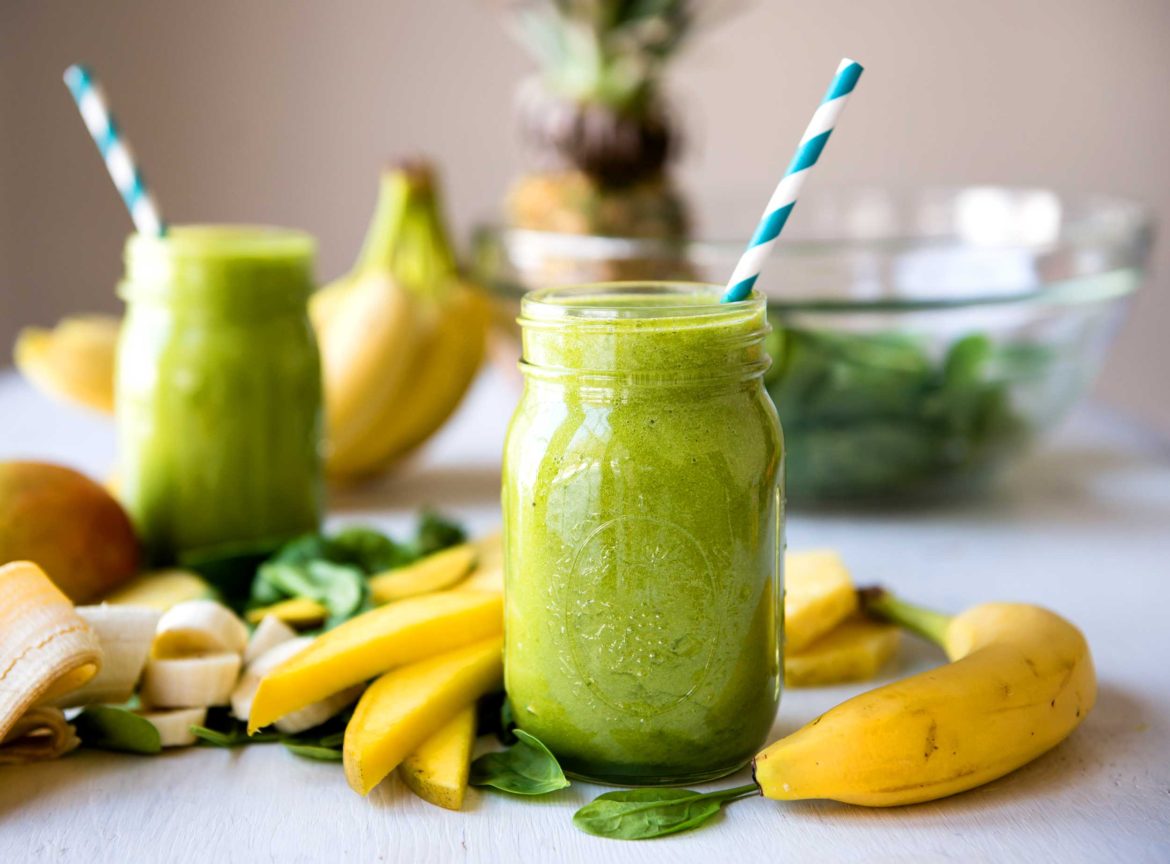When tests, papers and the nonresponsive peers in projects pile up throughout the semester, the time needed to prep a meal can easily diminish when the alternatives take less effort and time. Fortunately, there is a more filling option: meal-replacing smoothies.
A meal-replacing smoothie has the basics of a meal: protein, carbs and — in this article — fruits and veggies. I’m not suggesting dumping whatever is in your fridge in meal-replacing smoothies, but I am suggesting opening up to the idea of having more than just a banana, strawberries and protein powder in your smoothies.
1. The Green Smoothie
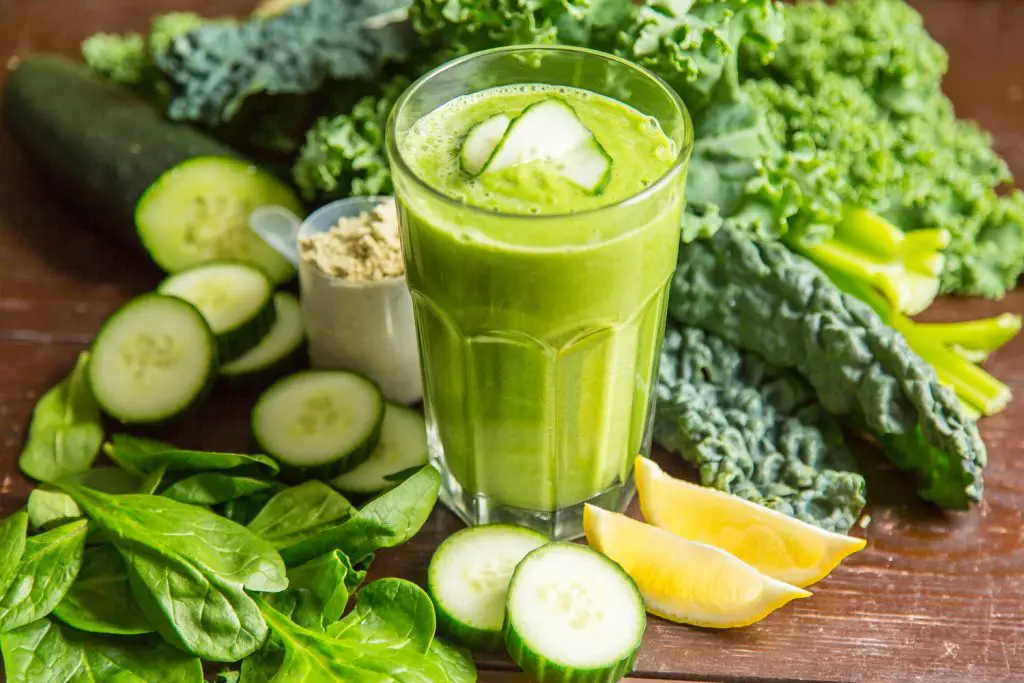
Just like your parents probably made you eat a meal before dessert, I’m introducing the not-so-sweet smoothies first. Since only about 9 percent of adults in the United States actually get the recommended daily amount of veggies, this vegetable-based, meal-replacing smoothie is one way to trick yourself into getting the proper amounts.
Of all foods, greens are probably the most difficult to convince anyone to eat more of, especially with the cringe-y kale trend that sparked in the early 2000s. Don’t worry though; I am not going to make you drink kale, but I am going to walk you through what goes in a green smoothie.
Just add a cup of leafy greens, such as spinach, the cringe-y kale or collards into your blender; have simple flavors that are versatile to come up with. Some people even add a half cup of broccoli for the complementary Vitamin C and about a third of an avocado for the healthy fat.
After compiling the green vegetables, all that is left is the protein and fruit. To complement the creaminess of avocados, a cup of Greek yogurt or a three-fourths cup of plain yogurt would work as the source of protein, especially if you’re like me and cannot stand the taste of protein powder.
Since the color green is the star of the smoothie, one chopped up, frozen banana keeps the smoothie green and will add just the right amount of sweetness to make you forget that the smoothie is mostly comprised of veggies.
2. The Best of Both Worlds
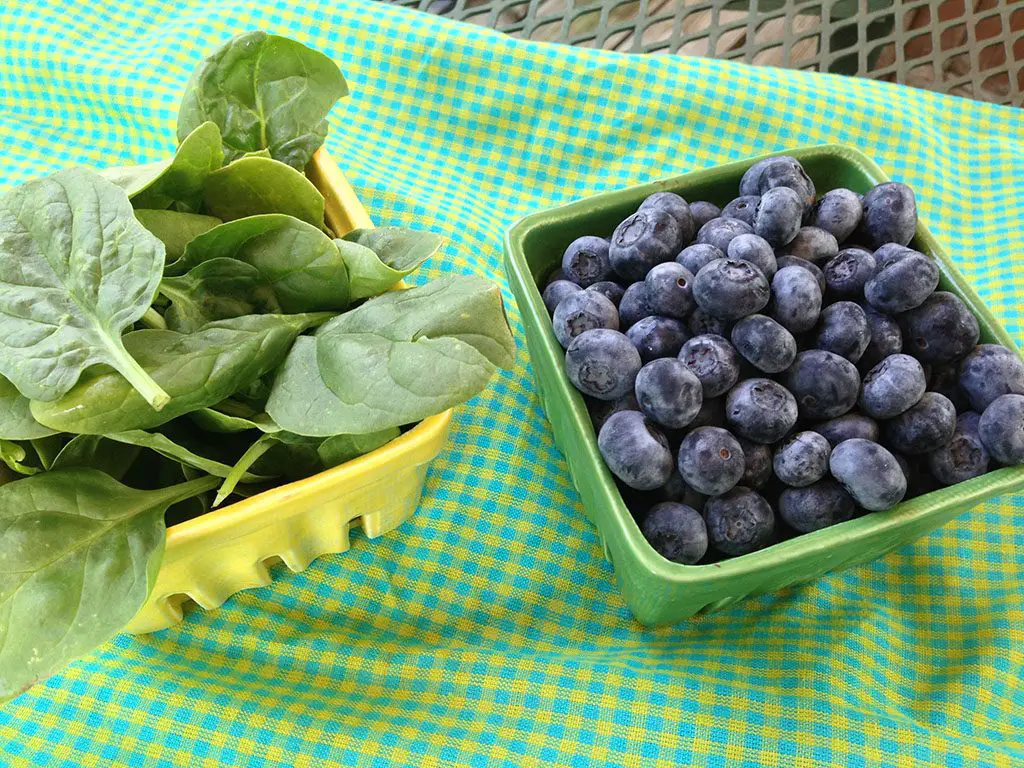
While the green smoothie is a way to increase your vegetable intake, not everyone is Popeye and eats their greens to save the day. So, I call the next smoothie “The Best of Both Worlds,” which can be a blueberries-and-spinach smoothie, because it covers both veggie and fruit intake all in one drink.
It also tastes good and has the nutrition college students need. While adults in the U.S. are slightly better at eating the recommended daily amounts of fruit, a fruits-and-vegetables, meal-replacing smoothie is one way to segue into eating — or drinking — more of both.
People enjoy the “blueberry and spinach smoothies” because the blueberry taste and color disguise the spinach. The idea also transfers to blackberries, mixed berries or even cherries. For a berry and spinach smoothie, about a cup of berries — blueberry or mixed berries — and a cup of spinach sneak in most of the daily recommended intake of fruits and vegetables.
Since berries and greens are not as creamy as the green smoothie, yogurt adds the creaminess and the protein. For the dairy-free alternative, Vegan Pure has a dairy-free protein powder that satisfies nearly any dietary restriction while still offering a rich source of nutrients.
Sources of good fat, such as chia seeds and flax seeds, have the omega-3 mineral that college students need for their stressed-out brains. Moreover, chia seeds and blueberries double up the antioxidant intake for the smoothie.
While adding chia seeds with blueberries for the immune system boost, be mindful of how much chia seeds go in the meal-replacing smoothie since they have a higher antioxidant level than any other food. Just a tablespoon of the omega-3-rich seeds should be enough for meal-replacing smoothies.
3. The Sweet Smoothie
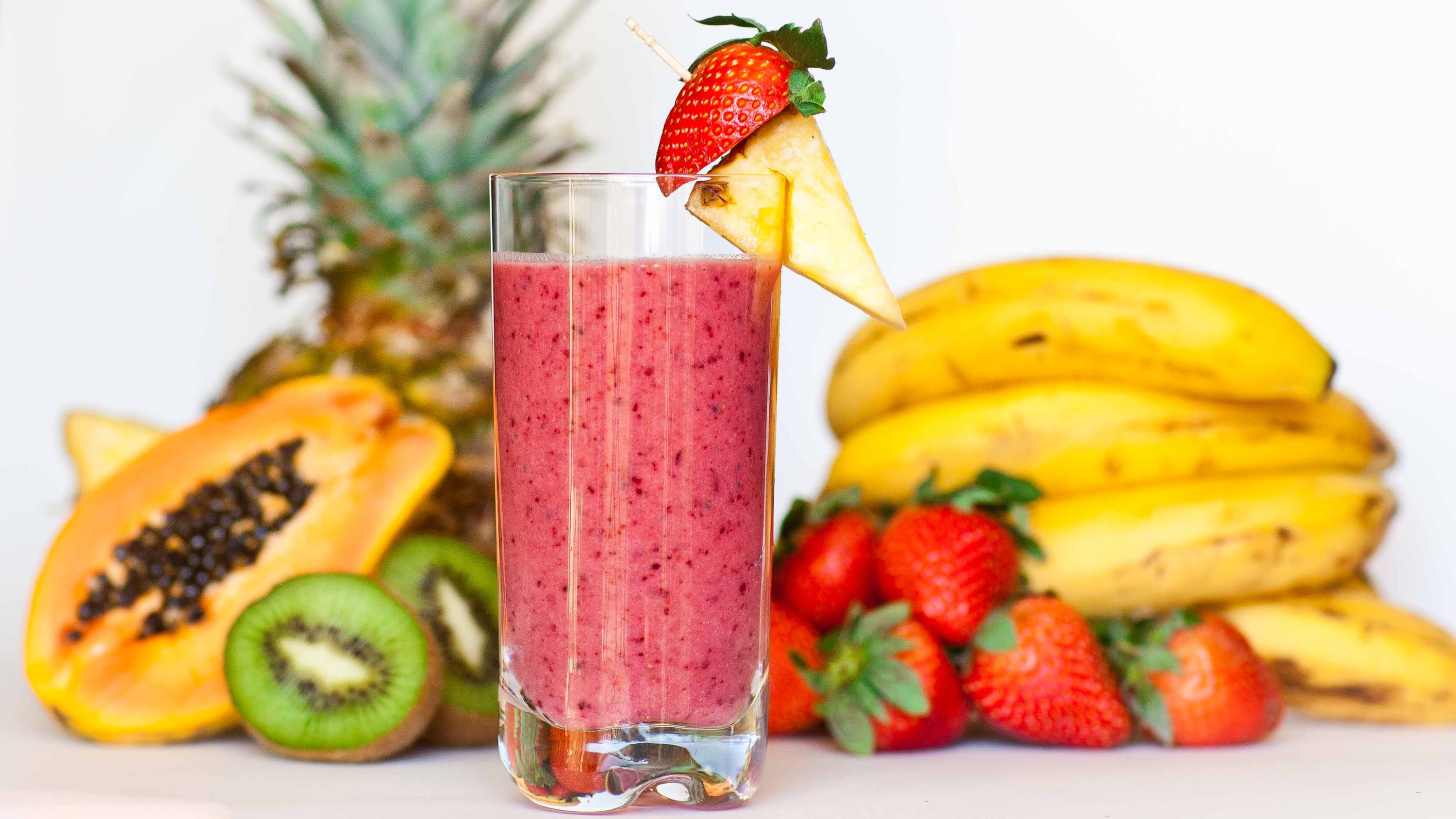
Despite its name, the sweet smoothie will not be the dessert out of the four, but it is the sweeter one since it is made purely from fruits. An all-fruit, meal-replacing smoothie helps increase your fruit intake, especially since only about 12 percent of adults in the U.S. get the daily recommended amount of fruits.
Just like the base of a classic smoothie, a medium-sized banana — preferably a frozen one to substitute for ice — thickens the smoothie and adds just a few filling carbs with the scoop of protein powder. If you’re not bananas about bananas, then I recommend switching the base to a medium pear or a sliced mango since they have about the same amount of carbs.
The complimentary fruits in the smoothie are the fun part because there are probably thousands of fruits in the world. It’d be impossible to not find your next favorite combination. At the same time, however, it’d be impossible to go through every combo or even list your favorites.
In lieu of specifics, here’s how to find your next favorite smoothie. The possibilities range from dumping your favorite fruits all at once in the blender or just grabbing a fruit salad from the cafeteria.
When the creative block is impenetrable, try a rainbow line of smoothies. Each smoothie you craft represents a color from the rainbow, such as a red one made from strawberries, raspberries and cherries and an orange one made from oranges, mangoes and papaya.
At the end of the day, the goal isn’t necessarily the color, but the color can act as a starting point to see which fruits, in particular, don’t work well with others.
4. The Wake-Up Call
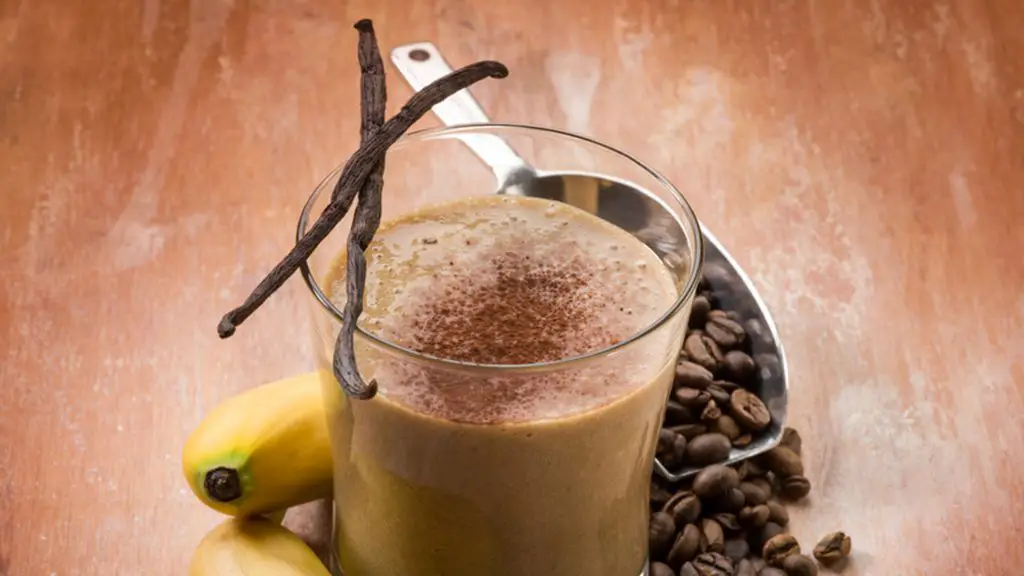
Does every smoothie absolutely need fruits and vegetables? Not smoothies with coffee.
Although it is not quite the Starbucks Doubleshot fix, a coffee meal-replacing smoothie is also creamy and has a kick of energy. Meal-replacing smoothies blended with coffee may require more prep time than the other three, but they can keep you full, energized and alert for the next few hours.
To start off, you’ll need a cup of coffee or even the old coffee sitting in the coffeepot. Feel free to use the leftover coffee for coffee ice cubes so the coffee smoothie is not watered down and sneaks in more caffeine. If the regular coffee does not satisfy your caffeine fix, then I recommend cold brew iced coffee for this smoothie since cold brew has more caffeine and less acidity than the regular brew.
To dilute the concentrated coffee, milk and a flavored protein powder make the coffee smoothies creamy and filling. Milk is just as important in a coffee smoothie as it is in a cup of morning coffee. Cow’s milk, for instance, adds in calcium and potassium.
Almond milk also adds calcium and a little extra protein and Vitamin E, which is important for blood circulation and physical well-being. When both are paired with a banana and a scoop of protein powder, the coffee smoothie touches base on needed nutrients with a caffeine boost.


